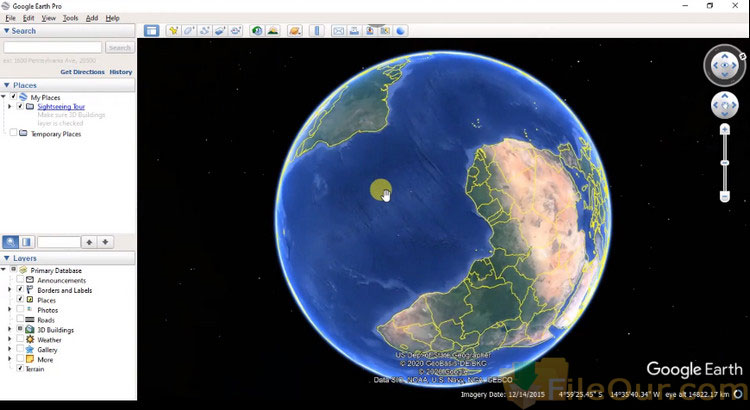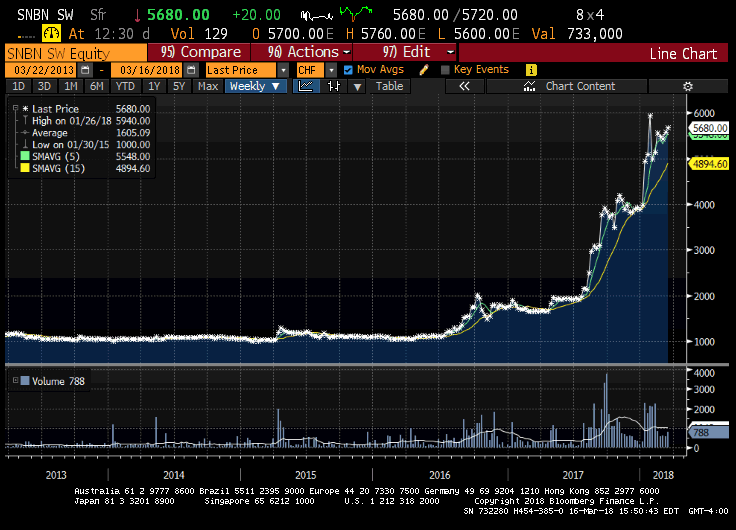


You can choose the desired resolution and then download the video and share it.
To record your Google Earth Pro tours, click on the video camera symbol in the taskbar at the top of the window. Of course, you can then move using your keyboard and rotate using your mouse. To switch to the 3D view, you just need to drag the yellow character on the right side and drop it wherever you want to start your journey. 
On the right side, you will find all the other available actions to rotate your view, drag the compass right or left, or zoom using your mouse scroll wheel or the and buttons.
You can also move around the map using your mouse by dragging any point on the map. You can start visiting a place by searching for it in the left panel using an address, a name or a keyword. Build your own experience: You can customize your experience by adding shapes, paths and image overlays, and even save places you would like to consult later. View real-time sunlight: Google Earth Pro can show you the sunlight across the landscape depending on the time you set, to see how it evolves throughout the day. Measure distances: You can effortlessly measure distances and areas thanks to the line, circle or polygon rulers, both in 2D and 3D. #Exporting the CNTLM Proxy listening on port 3128.Įxport http_proxy= export https_proxy= export ftp_proxy= Note: You must define the host and port for each line you can't use the $ reference. # Environment variables available to all users If you use cntlm, you can do in that way: Configure your proxy settings in there for all users. google-earth-pro-stable_current_bĮdit the /etc/environment file. The step 2, can be manually # apt install. To open Google Earth you can either create a launcher, or type in the following command in Terminal. 
Note: Google’s package will automatically configure your package manager to verify product updates with the public signing key.deb package file, select “Gdebi Package Installer”. Installing Google Earth Pro on Debian 9 Stretch amd64 bitsĭownload the 64 bits installer package from Have you considered using a free and open source software, which is own by a community, and supported by Debian, such as Marble. Google Earth is a non-free (proprietary) software, it's also closed source, own by a corporation, and not supported by Debian.








 0 kommentar(er)
0 kommentar(er)
